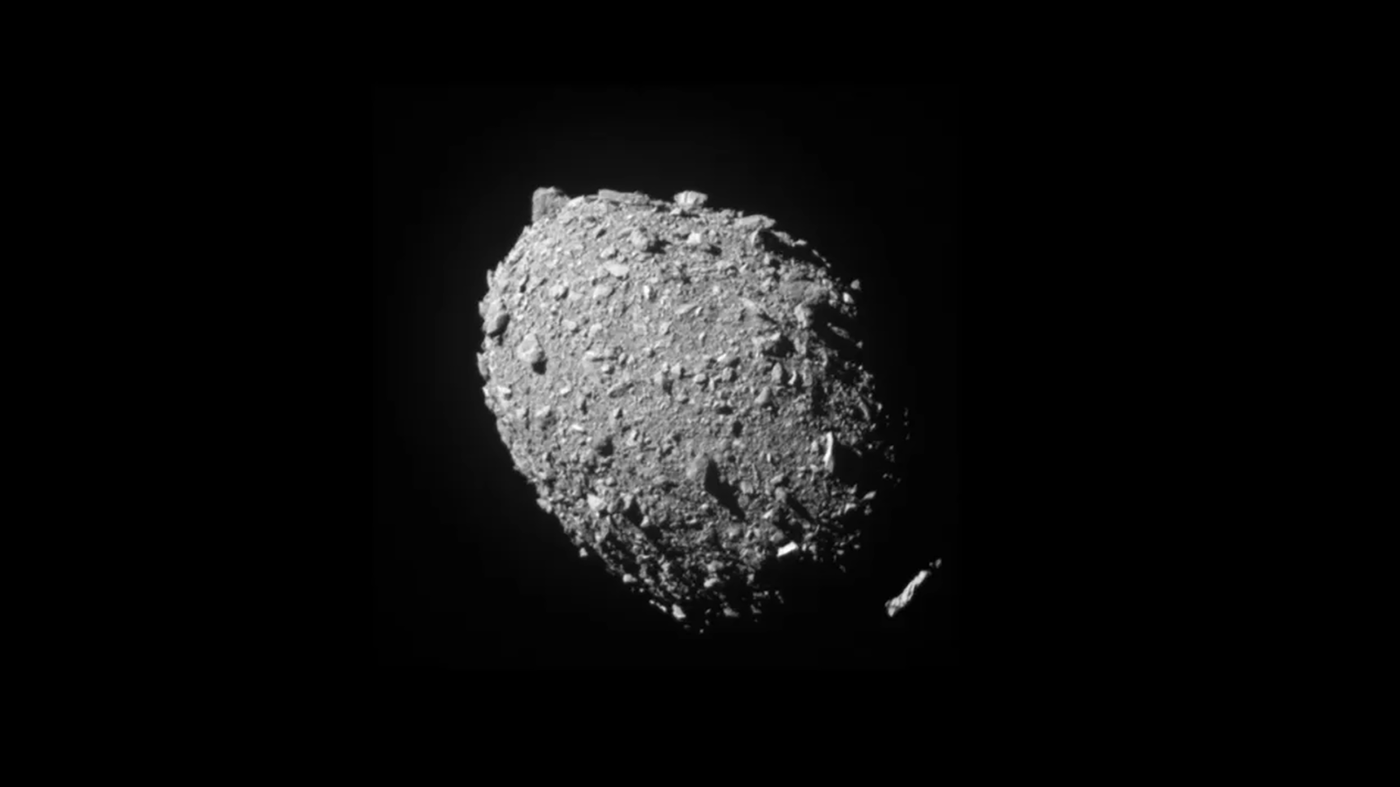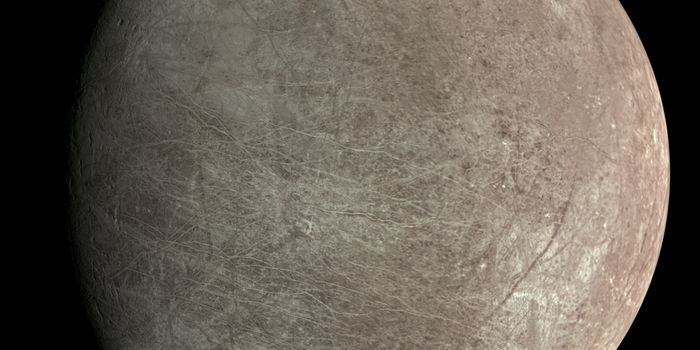DART Impact: Reshaping Dimorphos and Redefining Asteroid Dynamics
On November 24, 2021, NASA launched the Double Asteroid Redirection Test (DART) mission with the goal of demonstrating that deflecting an incoming asteroid could prevent it from striking Earth by striking the asteroid itself. Just over nine months later, on September 26, 2022, this demonstration was successfully carried out as DART acted as a kinetic impactor and intentionally struck the Dimporphos asteroid, which measures 560 feet (170 meters) in diameter.
But while the impact successfully altered Dimorphos’ orbit around the binary near-Earth asteroid, Didymos, could it have altered other aspects of Dimorphos, as well? This is what a recent study published in The Planetary Science Journal hopes to address as a team of international researchers led by the NASA Jet Propulsion Laboratory (JPL) discovered the impact also altered the shape of Dimporphos.
Image of the asteroid Dimorphos obtained by NASA’s DART mission two seconds before impact on Sept. 26, 2022. This study helped ascertain the impact not only changed the orbital period of Dimorphos around Didymos, but also altered its physical size. (Credit: NASA/Johns Hopkins APL)
“When DART made impact, things got very interesting,” said Dr. Shantanu Naidu, who is a navigation engineer at NASA JPL and lead author of the study. “Dimorphos’ orbit is no longer circular: Its orbital period is now 33 minutes and 15 seconds shorter. And the entire shape of the asteroid has changed, from a relatively symmetrical object to a ‘triaxial ellipsoid’ – something more like an oblong watermelon.”
For the study, the team used a combination of DART camera, ground-based, radar observations to ascertain the position and velocity of both asteroids as they orbited each other after the DART impact. This data helped confirm the DART impact surpassed predictions regarding both the orbital period change along with physically altering Dimorphos. The change in orbital period is attributed to the now-shorter distance of 120 feet (37 meters) between Dimorphos and Didymos, and the impact also ascertained that Dimorphos’ physical composition matches that of asteroid Bennu, commonly referred to as a “rubble pile”, based on the ejecta after the DART impact.
What new discoveries will researchers make about impacting near-Earth asteroids in the coming years and decades? Only time will tell, and this is why we science!
As always, keep doing science & keep looking up!
Sources: NASA, The Planetary Science Journal, NASA JPL









